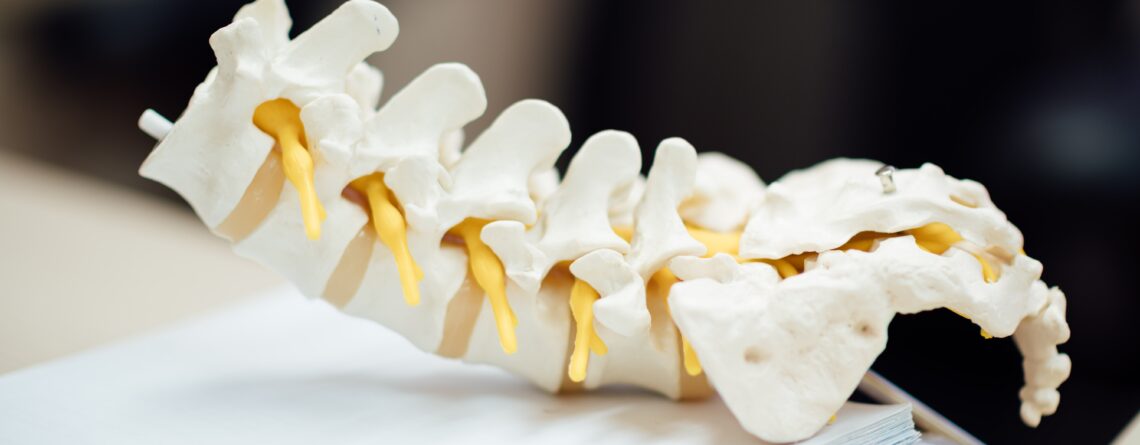Osteopathy and Low Back Pain: A Broad Approach for Pain Relief
Low back pain is a common problem that affects many people worldwide. The pain and discomfort associated with low back pain can hinder daily functioning and reduce quality of life. While there are various approaches to treating low back pain, osteopathy is gaining popularity due to its broad and individualized approach.
In this article, we will discuss what osteopathy is and how it can help alleviate low back pain.
What is osteopathy? Osteopathy is a form of manual medicine that focuses on restoring balance and harmony in the body. It is based on the concept that the body is a whole and that all systems are interconnected. An osteopath uses gentle manual techniques, such as manipulation, mobilization, to improve the structure and function of the body.
How osteopathy helps with low back pain: 
- Evaluation of the whole person: One of the key aspects of osteopathy is considering the entire person. An osteopath will not only examine the painful back but also assess other factors such as posture, movement patterns, organ mobility and overall health status. Through a thorough evaluation, the osteopath can identify the underlying cause of the low back pain.
- Improvement of mobility: Osteopathy focuses on improving the mobility of the spine and joints in the pelvic area. Through gentle manipulative techniques, an osteopath can reduce blockages or restrictions in the movement of the back. This can help alleviate tension and pressure on the nerves and muscles, ultimately relieving pain.
- Treatment of underlying causes: Low back pain can be caused by various factors, such as muscle imbalances, poor posture, reduced mobility of the abdominal organs, or decreased blood flow. An osteopath will identify and treat the underlying causes of the back pain. This may include improving muscle balance, correcting posture, optimizing tissue mobility, and promoting better blood circulation.
- Advice and exercises: In addition to manual treatment, an osteopath can provide advice on lifestyle modifications, ergonomics, and specific exercises to improve back strength and flexibility. This guidance can help prevent low back pain and support long-term treatment outcomes.
Conclusion
Osteopathy offers a broad approach to the treatment of low back pain. By addressing the underlying causes, improving mobility, and providing individually tailored care, osteopathy can be effective in relieving pain and discomfort in the lower back.
The unique aspect of osteopathy is that it focuses not only on the symptomatic area but also on the entire body and the overall health of the individual. By restoring balance, improving mobility, and addressing the root causes, osteopathy aims to provide long-lasting relief from low back pain and prevent recurring problems.
If you have any questions after reading this article and would like more information, please feel free to contact us.
You can now also schedule an intake and treatment online.



